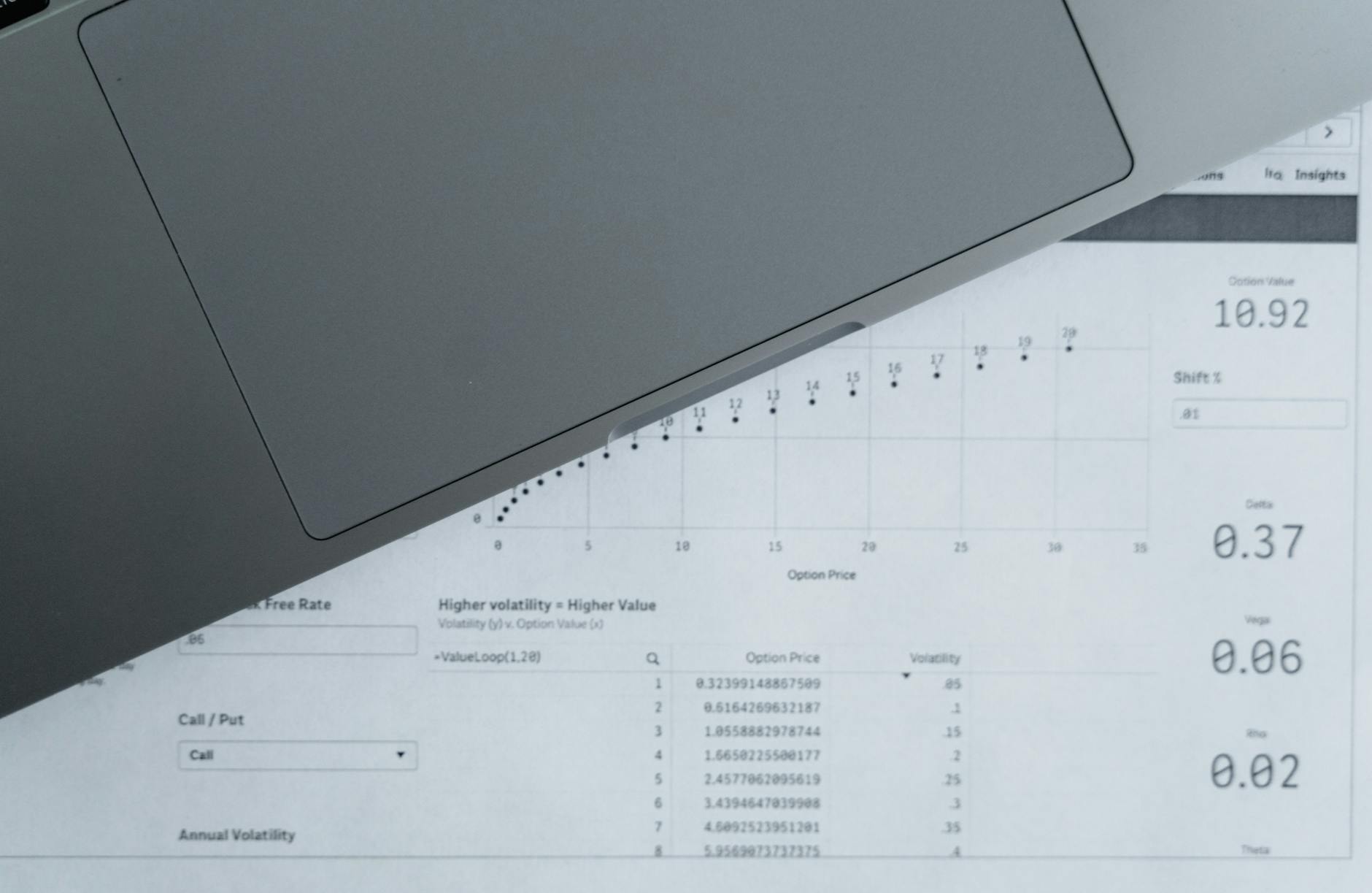Key Trends in Data Analytics and Financial Reporting for Business Intelligence
Key trends in data analytics and financial reporting for business intelligence are shaping the future of how companies make informed decisions and maintain transparency. As data volume continues to grow exponentially, businesses seek more sophisticated tools to extract actionable insights. Financial reporting, a critical component of business intelligence, is evolving with advancements in technology that enable real-time, accurate, and interactive reporting. This article explores the latest trends that are transforming the landscape, ranging from the integration of artificial intelligence in data analytics to the increasing adoption of cloud-based financial reporting solutions. Understanding these trends is essential for organizations aiming to enhance their decision-making processes, improve financial accuracy, and gain a competitive edge in today’s dynamic marketplace.
Integration of artificial intelligence and machine learning
Artificial intelligence (AI) and machine learning (ML) have become integral to modern data analytics and financial reporting. These technologies automate the processing of large datasets, identifying patterns and anomalies that might go unnoticed by human analysts. AI-powered predictive analytics help businesses forecast financial trends more accurately, improving budgeting and risk management. Machine learning algorithms continuously learn from new data, enhancing the precision of financial models over time. The integration of AI also facilitates natural language processing (NLP), enabling users to generate reports and insights through conversational queries, thus democratizing access to complex data analytics and accelerating decision-making.
Real-time data analytics and reporting
The demand for timely and accurate information has driven the shift towards real-time data analytics and financial reporting. Traditional periodic reports are increasingly supplemented or replaced by dashboards that offer instantaneous insights. This trend allows stakeholders to monitor financial performance, cash flow, and other key metrics as they happen, enabling rapid responses to market changes or internal inefficiencies. Real-time reporting is often powered by cloud technology and Internet of Things (IoT) data integration, breaking down silos and consolidating information from multiple sources for a comprehensive view.
Cloud computing and data democratization
Cloud computing has revolutionized data storage, processing, and accessibility for business intelligence. Cloud platforms offer scalable and cost-effective infrastructure to handle growing data demands. They facilitate collaboration across departments and geographies, ensuring that financial data and analytics tools are accessible to authorized users anywhere, anytime. This democratization of data reduces dependencies on IT departments and empowers finance professionals with self-service analytics capabilities. With enhanced data visualization tools integrated into cloud environments, users can interact with complex datasets through intuitive interfaces, making financial reporting more dynamic and insightful.
Enhanced regulatory compliance and data governance
With increasing regulations around data privacy and financial transparency, businesses are prioritizing stronger data governance frameworks within their analytics and reporting systems. Regulatory changes such as GDPR, IFRS updates, and local financial reporting standards require meticulous data management practices. Advanced analytics platforms now incorporate compliance tracking features, automated audit trails, and secure data access controls. This not only mitigates risks of non-compliance but also builds trust with investors and regulators. Solid governance ensures data integrity, enabling businesses to rely confidently on their analytics outputs and financial statements for strategic planning.
Conclusion
The evolving trends in data analytics and financial reporting are fundamentally enhancing business intelligence capabilities. The integration of AI and ML brings predictive power and automation, while real-time data analytics ensures decisions are based on current insights. Cloud computing expands access and collaboration, making financial information more democratic and flexible. At the same time, strengthened compliance and data governance frameworks provide the necessary foundation for reliable and transparent reporting. Altogether, these trends empower businesses to improve financial accuracy, agility, and strategic foresight. Companies embracing these innovations are better positioned to respond to market dynamics and achieve sustainable growth in an increasingly data-driven world.
Image by: Tima Miroshnichenko
https://www.pexels.com/@tima-miroshnichenko
editor's pick
latest video
news via inbox
Nulla turp dis cursus. Integer liberos euismod pretium faucibua


